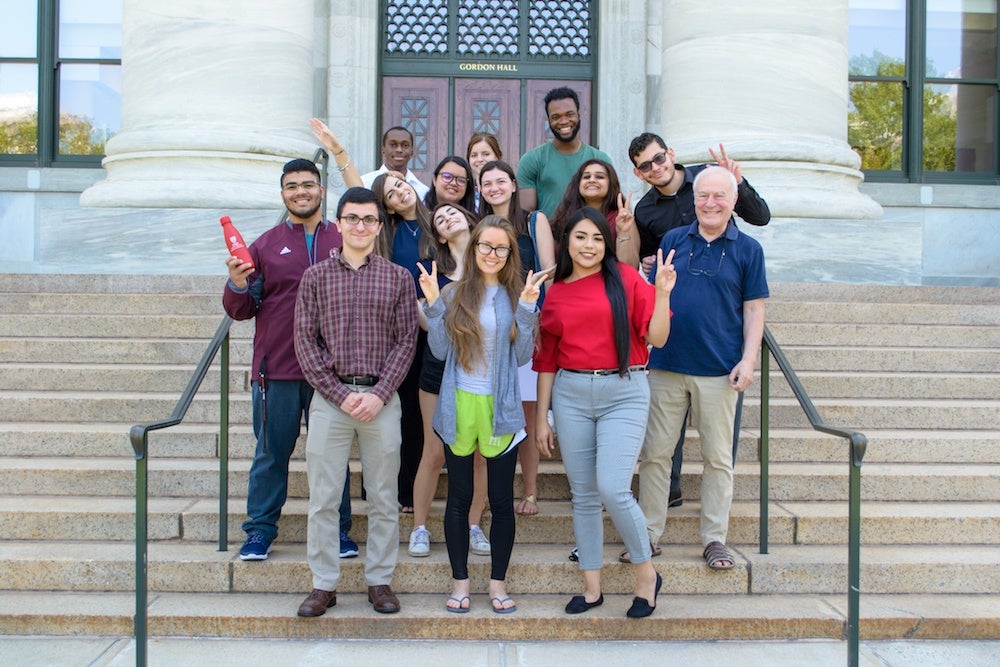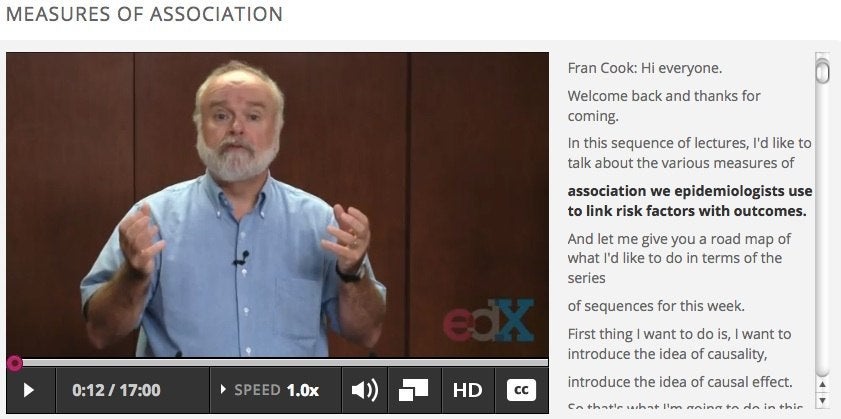How to estimate health service coverage in 58 districts of Benin with no survey data: Using hybrid estimation to fill the gaps.
Ocampo A, Valadez JJ, Hedt-Gauthier B, Pagano M.
PLOS Glob Public Health. 2022. 2(5):e0000178. PMID: 36962283
Professor Pagano obtained a Ph.D. from Johns Hopkins University and has spent the last 35 years on the faculty at the Harvard School Public Health teaching biostatistics and advising students. His research in biostatistics continues to be on compute intensive inference and surveillance methods that involve screening methodologies, with their associated laboratory tests, and in obtaining more accurate testing results that use existing technologies. The accuracy of these screening tests is important-for example to maintain the integrity of the nation's blood supply-and it is doubly beneficial if these methods are also cheaper to implement; thus more testing can be done. This can mean a safer blood supply, for example.
His interests extend to the quantitative aspects of Monitoring and Evaluation, especially as they are applied in resource poor settings, and are brought to bear to improve the quality of health services to all.
Ocampo A, Valadez JJ, Hedt-Gauthier B, Pagano M.
PLOS Glob Public Health. 2022. 2(5):e0000178. PMID: 36962283
Jeffery C, Pagano M, Devkota B, Valadez JJ.
BMJ Open. 2022 01 06. 12(1):e051427. PMID: 34992107
Ocampo A, Schmidli H, Quarg P, Callegari F, Pagano M.
Pharm Stat. 2021 11. 20(6):1265-1277. PMID: 34169641
White LF, Moser CB, Thompson RN, Pagano M.
Am J Epidemiol. 2021 04 06. 190(4):611-620. PMID: 33034345
Litvak E, Dentzer S, Pagano M.
Am J Public Health. 2020 12. 110(12):1772-1773. PMID: 32970452
Jeffery C, Pagano M, Hemingway J, Valadez JJ.
Proc Natl Acad Sci U S A. 2018 12 18. 115(51):13063-13068. PMID: 30518561
Marino M, Pagano M.
Emerg Themes Epidemiol. 2018. 15:6. PMID: 29527231
Mitnick CD, White RA, Lu C, Rodriguez CA, Bayona J, Becerra MC, Burgos M, Centis R, Cohen T, Cox H, D'Ambrosio L, Danilovitz M, Falzon D, Gelmanova IY, Gler MT, Grinsdale JA, Holtz TH, Keshavjee S, Leimane V, Menzies D, Migliori GB, Milstein MB, Mishustin SP, Pagano M, Quelapio MI, Shean K, Shin SS, Tolman AW, van der Walt ML, Van Deun A, Viiklepp P.
Eur Respir J. 2016 10. 48(4):1160-1170. PMID: 27587552
Milstein M, Lecca L, Peloquin C, Mitchison D, Seung K, Pagano M, Coleman D, Osso E, Coit J, Vargas Vasquez DE, Sanchez Garavito E, Calderon R, Contreras C, Davies G, Mitnick CD.
BMC Infect Dis. 2016 08 27. 16(1):453. PMID: 27567500
Anoke SC, Mwai P, Jeffery C, Valadez JJ, Pagano M.
Trop Med Int Health. 2015 Dec. 20(12):1756-70. PMID: 26425920
Octavious Smiley, PhD ’23, is dedicated to helping the next generation of minority students excel in the field of biostatistics.

A pilot pipeline program initiated by Harvard Chan School Dean Michelle Williams aims to enroll more underrepresented students in the School and provide them with a strong foundation toward studying for a doctoral degree.

August 6, 2019 – A summer crash course at Harvard T.H. Chan School of Public Health helped a dozen undergraduates from across the U.S. learn how to use quantitative skills to improve health on a wide scale. During…

Approximately one million children contract tuberculosis (TB) annually, with 32,000 suffering from a multi-drug resistant (MDR) strain, according to a new study by Harvard School of Public Health (HSPH) researchers and colleagues. These findings are double previous childhood…
Professors ‘amazed’ by level of student interaction online February 21, 2013 – Beginning last October, thousands of students from around the globe began studying at Harvard School of Public Health (HSPH) in a totally new way. They studied…
